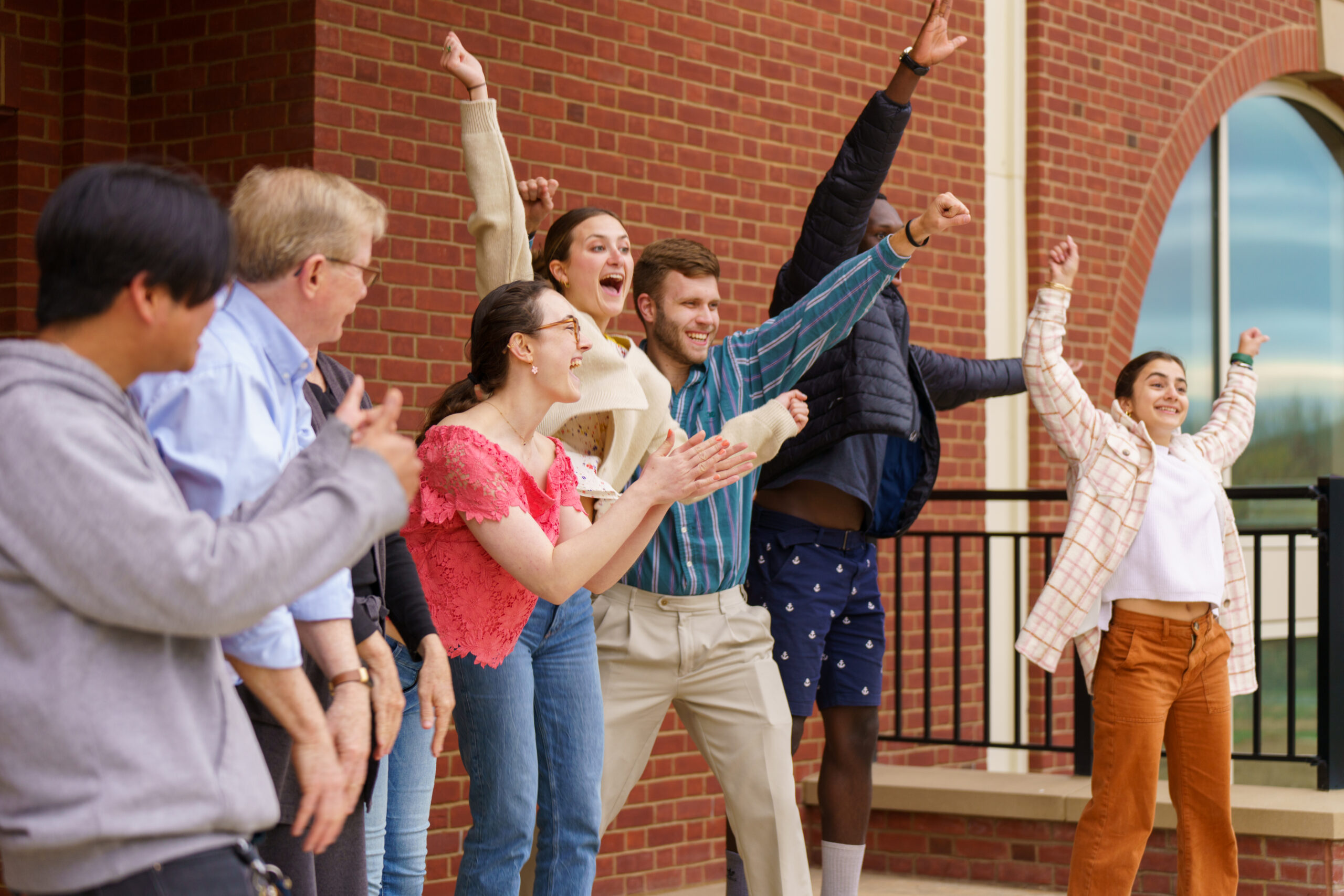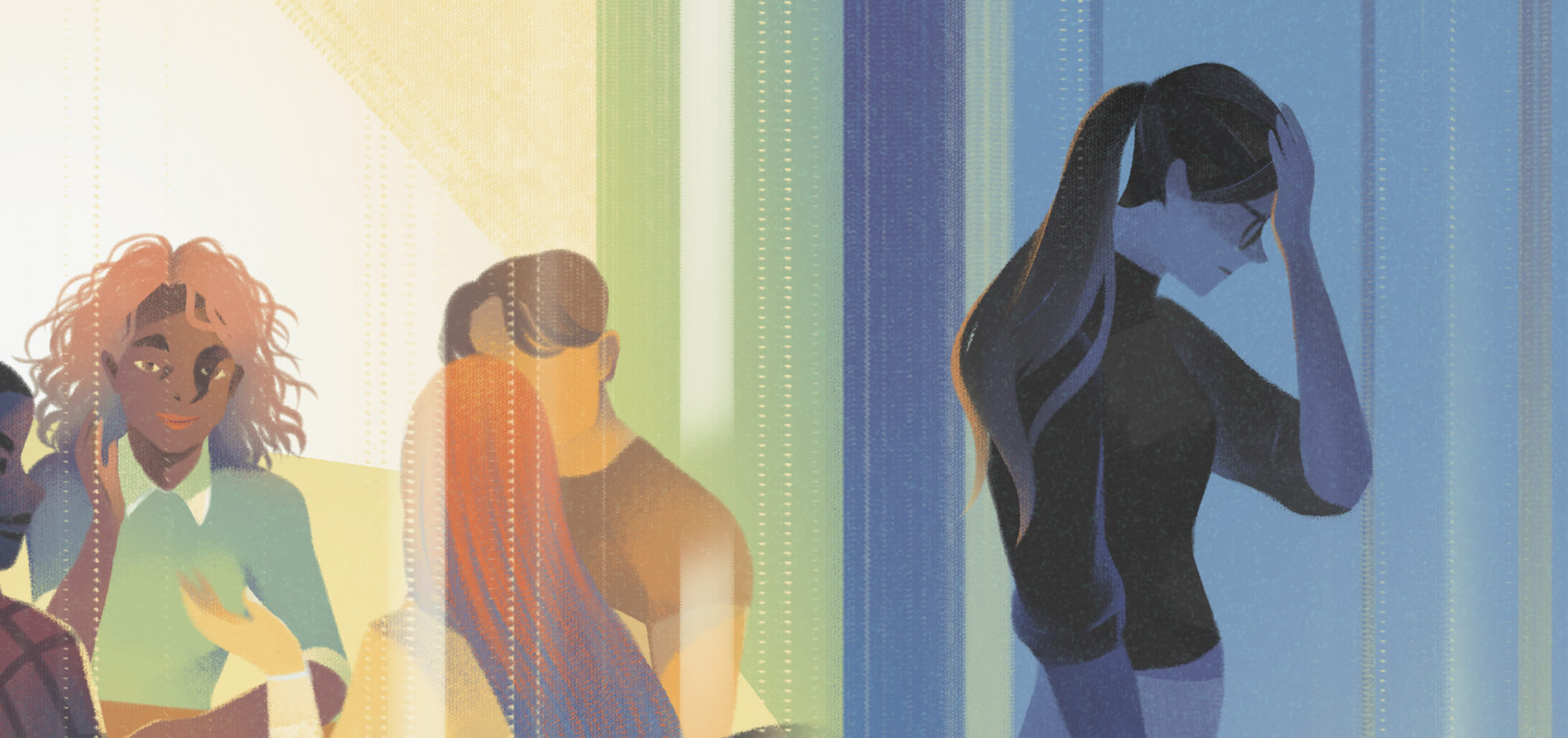In March 2023, the Association for University and College Counseling Center Directors (AUCCCD) released a policy paper that provides a foundation for structuring how higher education can approach mental health support. “Navigating a Path Forward for Mental Health Services in Higher Education” lays out some of the issues facing the field, including staff burnout and turnover, misallocation of resources, lack of coordination between campus stakeholders, ineffective or incongruous treatment models and the proliferation of third-party vendors. The paper offers some recommendations for addressing these concerns with an overarching theme that campus stakeholders must work together to create a realistic, agreed-upon, campus-wide approach–and then act on that plan with consistent messaging and communication to all constituents. This month, LearningWell (LW) magazine interviewed Dr. Marcus Hotaling, director of the Eppler-Wolff Counseling Center at Union College and president of the AUCCCD, to discuss the paper and “the path forward.”
LW: The AUCCCD recently published a paper that lays out a path forward for college mental health services amid high rates of mental health concerns and help-seeking among college students, and at the same time, increased burnout and dissatisfaction among counselors. What led the AUCCCD to develop this paper?
MH: I think we’ve all been feeling the burnout for some years. Every year, up until the pandemic, my counseling center was seeing increased utilization—more students and more sessions. And while more students is understandable, we continuously saw more sessions with the same amount of staff, going above the national standard of about 65% face-to-face time for counselor. When I became president of AUCCCD in 2021, we had started to look at themes as to why people were leaving. We have 895 active members. In that first year, 81 of our members left for various reasons. Burnout was a huge factor, due to, in large part, getting pressure from all directions. You’re getting pressure from the students who want to be seen right away. You’re getting pressure from parents calling you. And then you’re getting pressure from the higher-ups who are getting called by parents or faculty members.

We also looked at where these counselors were going. The majority of them, two thirds, left the field of higher education and went into private practice. And there were two factors that led to that. The first was salary—you can make more in private practice. Some people went to the local hospitals and the salary is $50,000 more than their institution was paying. And the second reason was that, when you’re in private practice and you’re full, you just say, “I’m sorry, I’m not accepting new patients.” You can’t do that in a college setting. So, we started to look at the burnout piece and how higher ed and counseling can work together to try to resolve this problem.
LW: What were your goals in issuing this paper? What was it meant to convey?
MH: We didn’t want to just say, “Colleges, you just need to hire more people,” because we know that’s not realistic. But what is realistic is everybody coming to the table and saying, “What services do we want to offer?” Let’s all be on the same page; let’s all have the same messaging around that, and then let’s actually do that. Because, in the counseling center, we can develop whatever service model we want, but if admissions or faculty or someone else is telling a student they could be seen six times a week, that’s not helpful. If we have people saying there are session limits when we don’t have session limits, that’s not helpful.
It’s important for counseling center leadership and student affairs leadership, and presidents, to come up with a plan of action to determine, based on the staffing we have, what we can provide. There needs to be a plan of action.
LW: The paper points out that colleges are making decisions about the service delivery model based on meeting the volume of demand, rather than taking an outcomes-based approach. Why, in your view, are institutions approaching mental health care that way?
MH: I think part of it is that, for the most part, it’s really just fallen onto the counseling center staff to say what we need to do. And the reality is, that can be really hard when you don’t have the opportunity to step back and try something different or think about how it can be done differently.
I’m going to use my center as an example. There was one day that I opened up the schedule and there were just tons of appointments. And I said to my associate director, “Look, I’m seeing your schedule today. That’s not healthy. Your last patient is getting nothing from you. You’re exhausted.” So, we sat down over a school break and looked at how to change things. Everything was on the table. And that takes time, and it takes trust. We did get some pushback from our staff, but the approach was to give it a shot until the end of the year. And if it didn’t work, we’d change it again.
The reason why the usual approach is all over the place is that we’re just trying to meet the demand. And it’s like a dam that’s breaking where we plug one hole, and then all of a sudden there’s another hole over here. It’s still coming in; the water’s still flowing. And how many fingers do I have to plug these holes? And it’s only when you can take that step back that you can come up with a new way of doing things.
The demand is so high and you’re just trying to bail water out of the boat before you can actually sit down and plan. And that’s what we were trying to say in this paper: Do the planning, take the initiative to sit down with your leadership and say, “What can I do? What do you want? What does this school want to offer?” And we will work around that with the current staff. And maybe we’ll need to grow staff in the future.
But we are starting to see the numbers fall. One of the positives that came out of the pandemic is that states are starting to look at patients being able to cross over state lines for care. Clinicians are also more comfortable using telehealth and teletherapy. So, if you’ve been working with somebody for a long time, rather than saying, “Go see somebody at college because you’re two hours away,” counselors can continue to see their patients. So, the numbers are falling a little bit, but a little bit from a flood is still a flood.
“Do the planning, take the initiative to sit down with your leadership and say, “What can I do? What do you want? What does this school want to offer?”
LW: You point out that there is a mismatch of expectations, like having admissions promote a certain number of sessions that does not align with the reality of what can be offered. But even if you fix that inconsistency in messaging, do you think there’s also a cultural expectation that students, when they get to college, are going to be cared for in this way and they’re going to have access to therapy? And if so, is there going to be a difficulty in pushing back against that cultural expectation?
MH: Absolutely. Look, students are paying a lot of money to go to college, and with that comes a certain level of expectation across the board. When it comes to the expectations that parents have or families have, we also need to move away from the normalcy that every student is going to get through in four years. And that taking some time off isn’t a bad thing if you’re making good use of that time by working on yourself and getting healthy, so that when you come back, you’re going to be in a better place.
LW: So many issues, like leaves of absence as you suggest, involve more of a public health approach. What is the role of the counseling center in this approach?
MH: This whole thing is a public health problem. And I say that not to remove our responsibility or the individual responsibility of the students or counseling center. There are two reasons I say this is a public health problem. One, counseling centers and mental health for the past 20 years has been pushing for parity. We should be treated just like physical health. Let’s reduce the stigma. And it worked and that’s good. And then you have a challenging outside world. There’s war, there’s political unrest, a recession, a pandemic, school shootings. All these things create anxiety. On top of that, we have these expectations, real or imagined, that everybody else’s life is perfect, which we can see on their Instagram reel.
So, for a public health approach, yes, the community needs to do better about addressing gun violence and addressing systemic racism. But once they’re on our campuses, we can give students the tools to stay happy and healthy, while also recognizing that [every person is] going to have bad days.
We also need to help our constituents around campus recognize when somebody actually needs therapy versus when they might just need empathy or a listening ear. We need to help faculty and staff understand that referring a student to counseling is not the first thing you do. The first thing to do is say, “Are you okay? What do you need? I’m so sorry.”
These are public health approaches that are very, very simple and need no training from a mental health professional. All of us on a college campus can be approaching this from a public health perspective. It’s a public health issue, and now we need to be using our public health solutions.
LW: All of this – counseling staff wellbeing, policies and procedures and service delivery–its all about overall student health, correct?
MH: Absolutely. Because if we’re not healthy, how are we helping anybody?
And evidence shows that students who utilize mental health services are retained and graduate at a higher percentage than those who don’t receive mental health care. And in theory, those are the students that are most at risk—the ones that are unhappy, the ones that have a mental health diagnosis. In a National Association of Mental Illness report, 64% of students that are no longer enrolled in higher ed list mental health as the main reason. So, it’s about student success as well.






